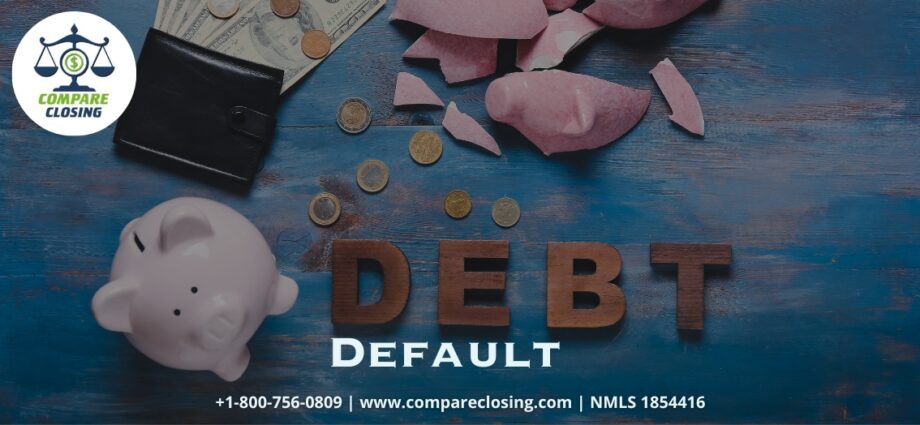Warning: Undefined variable $custom_content in /home4/comcompare/public_html/mortgagenews/wp-content/plugins/code-snippets/php/snippet-ops.php(582) : eval()'d code on line 10
By taking prompt and decisive action, the U.S. government can avoid the potential risk of defaulting on its debt, which is projected to occur as early as June 1. Interventions are being considered to prevent this situation, ensuring stability in the economy.
According to a recent analysis by Zillow®, it has been suggested that in the hypothetical scenario of a default, there could be a potential increase in mortgage costs, with rates potentially rising by 22%.
The U.S. has a strong track record of honoring its debt obligations, and it is highly improbable that the nation will encounter a default situation.
This analysis explores the hypothetical scenario of an extended default, which is extremely unlikely to materialize, and it should not be interpreted as a forecast of an actual default occurring.
Despite the recent adjustment to mortgage rates over 6% this spring, home buyers and sellers have shown resilience.
However, the potential of a debt default looms, threatening to escalate borrowing costs and plunge the market into stagnation,” expressed Zillow senior economist Jeff Tucker. “While home values may not experience a significant decline, the impact of higher mortgage rates would profoundly hinder affordability, particularly for first-time buyers.
It is of utmost importance to discover a resolution that avoids further burden on individuals striving to fulfill their aspirations of homeownership.
A debt default would present significant challenges for the economy, potentially leading to disruptions and impacting various sectors, including the housing market.
It is important to note that in such a scenario, there could be a possibility of rising interest rates, including mortgage rates.
This could occur as investors, seeking to manage their risk, may demand higher returns before investing in Treasury bills. Given the historical relationship between Treasury rates and mortgage rates, it is reasonable to anticipate some upward pressure on mortgage rates if a debt default were to occur.
Home shoppers are fortunate to discover a wide range of affordable options this spring, demonstrating a healthy market.
Furthermore, estimations suggest that in the event of a debt default, the increase in mortgage costs would be a manageable 22% higher in September compared to the current rates.
It’s important to note that over the past two years, there has been a reasonable 82% increase in mortgage expenses, reflecting the positive growth in the housing sector.
In this scenario, mortgage rates are expected to reach a peak of 8.4% in September, which could cause sales in the already cooled market to come to a standstill.
As the affordability challenge intensifies, the number of potential homebuyers capable of making a purchase would dwindle.
Moreover, the prospect of higher mortgage rates would dissuade homeowners, particularly those who secured loans when rates were around 3%, from selling their homes and reentering the market, as it would significantly increase their loan expenses.
Zillow’s analysis suggests that the market could experience a significant decline in sales due to a reduction in buyer and seller activity.
This anticipated decrease in transactions could potentially reach up to 25% in certain months. Should a debt default occur, the most substantial impact is predicted to take place in September, resulting in an estimated 23% decrease in existing home sales.
The robust health of the housing market is evident as Zillow economists confidently predict the minimal impact on home values even in the unlikely event of a default.
It’s remarkable to witness home values making a remarkable comeback this spring, surpassing historical growth rates following a temporary cooling phase.
The market has expertly balanced itself, avoiding any drastic declines in home values, thanks to the scarcity of listings. The low inventory acts as a protective measure, preventing prices from plummeting rapidly.
Zillow predicts a potential decline in home values of just 1% from current levels if the U.S. were to default on its debt, starting in August and continuing until February 2024.
However, even in this worst-case scenario, there is still an anticipated 1% increase in home values from today until the end of next year.
This represents a significant drop from the previous projection of 6.5% growth over the same period.
Reference Source: Zillow


